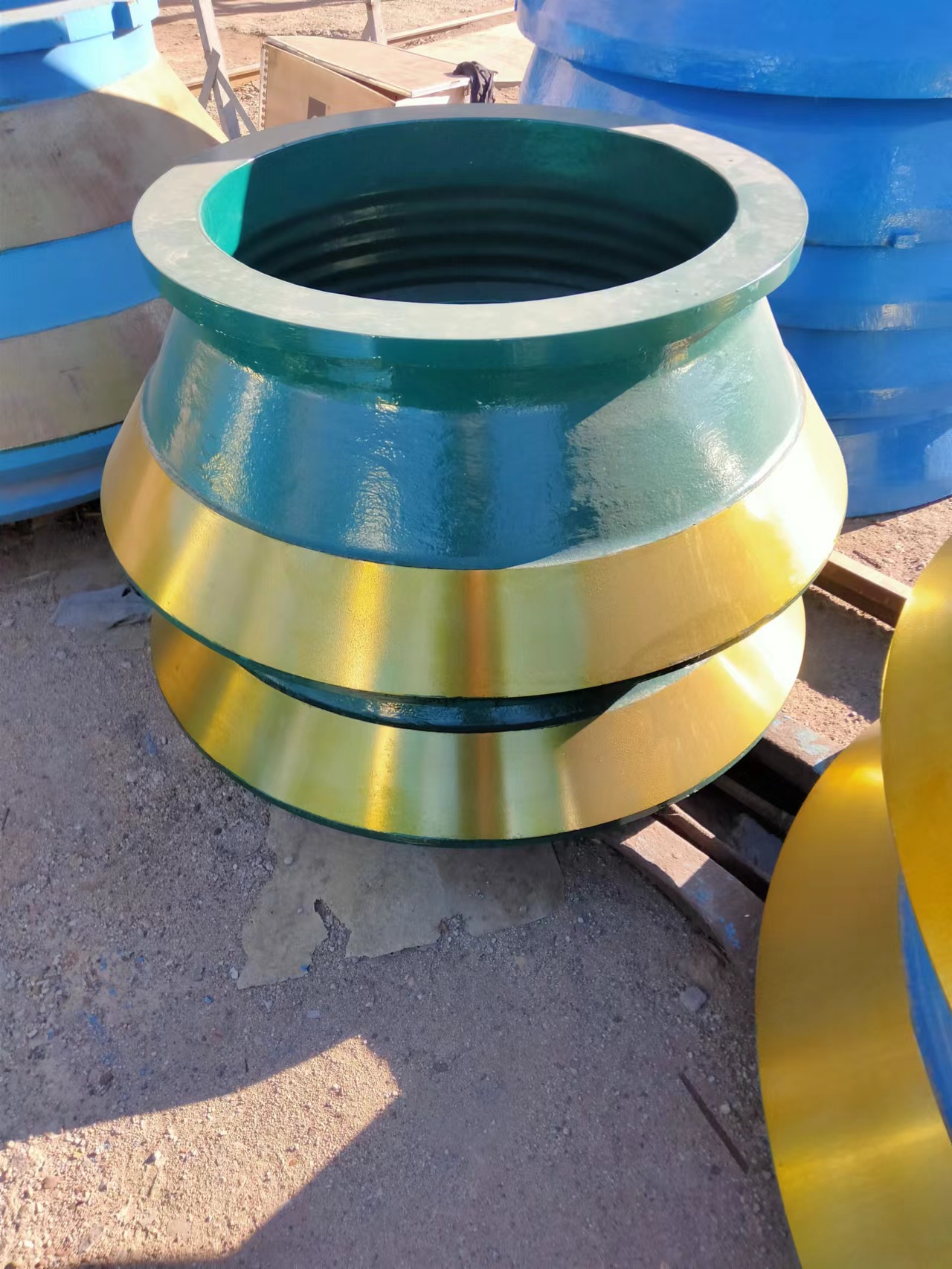Mining crushers are the core equipment in modern mining production, and their functions run through the entire process of ore mining, processing, and transportation. As a key link connecting mining resources and industrial applications, crushers not only determine production efficiency but also directly affect resource utilization rates and environmental protection levels. The following systematically analyzes the seven core functions of crushers in mines from three dimensions: technical mechanism, application scenarios, and industrial value.
Crushers exert physical actions such as extrusion, impact, and grinding on ores through mechanical energy, disintegrating the ore bodies into processable particle sizes. Jaw crushers use the periodic extrusion of the movable jaw plate to achieve primary crushing, and their crushing ratio can reach 4-6. Cone crushers form a progressive crushing cavity through the swinging motion of the eccentric sleeve, which is particularly suitable for high-hardness ores. Impact crushers use a high-speed rotor to eject materials and hit the impact plate, creating a "stone-on-stone" crushing effect. Modern equipment generally adopts the principle of laminating crushing. Through the design of multi-stage crushing cavities, the cascade utilization of energy is realized, and the energy consumption is reduced by more than 30% compared with traditional equipment.
In open-pit mines, mobile crushing stations achieve integrated mining-crushing operations, with a processing capacity of up to 3000t/h, reducing the transportation particle size by 80%. When a concentrator adopts a three-stage one-closed-circuit process, the processing capacity of the primary crushing equipment determines the upper limit of the system's production capacity, and the product particle size qualification rate of the medium and fine crushing equipment affects the grinding efficiency by up to 40%. The application of high-pressure roller mills reduces the grinding energy consumption by 25% and the Bond work index by 15%. In the aggregate production line, the cooperation of multi-stage crushing and the air screening system can control the content of flaky and elongated particles in the finished product within 5%.
-
Economic Dimension: Optimizing the crushing system can reduce the processing cost per ton of ore by 2-3 yuan. A certain iron mine saves more than 20 million yuan in energy consumption costs annually by adopting a semi-autogenous grinding process.
-
Environmental Dimension: The dry crushing system has a water-saving rate of 100%, and with dust removal equipment, the dust emission is less than 10mg/m³. The construction waste crushing line achieves a 95% utilization rate of recycled aggregates.
-
Safety Dimension: The intelligent monitoring system monitors the bearing temperature and vibration spectrum in real time, with a fault early warning accuracy rate of 92%, reducing unplanned shutdowns by 60%.
-
Resource Dimension: Ultra-fine crushing technology makes it possible to economically mine low-grade ores (with an iron content of 25%), and the tailings re-selection system can recover 20% of valuable components.
The crushing system based on digital twin can achieve virtual commissioning, shortening the equipment production launch cycle by 40%. A certain intelligent mine project uses 5G+AI visual recognition to achieve real-time analysis of the feed particle size of the crusher, and the accuracy of adjusting the discharge opening reaches ±1mm. The predictive maintenance system analyzes historical data through machine learning, and the prediction error of the bearing life is less than 5%. These technological innovations have promoted the efficiency of crushing operations by 25% and reduced the operation and maintenance costs by 30%.
With the advancement of the "dual carbon" strategy, crushers are developing towards super-large scale (processing capacity > 10000t/h), low power consumption (unit energy consumption < 0.5kWh/t), and intelligence (unmanned inspection coverage rate > 95%). Future equipment will deeply integrate the Internet of Things and edge computing technologies to build an intelligent ecosystem for mine crushing and promote the deep transformation of mining production towards high efficiency, cleanliness, and sustainability.


 Matec Solutions Co.,Ltd.
Matec Solutions Co.,Ltd.